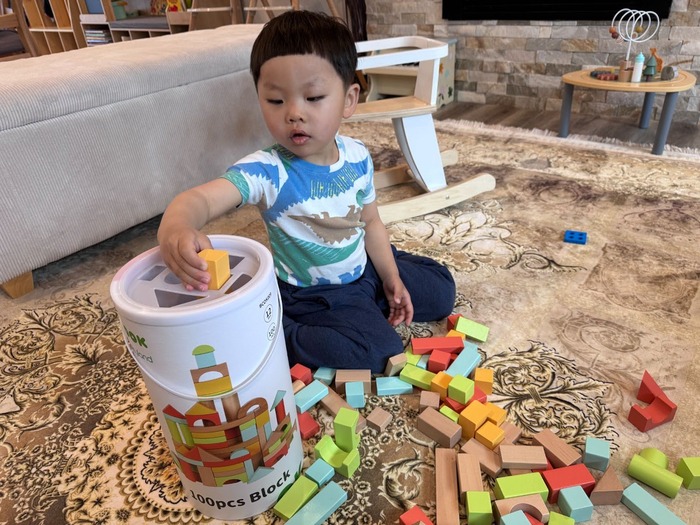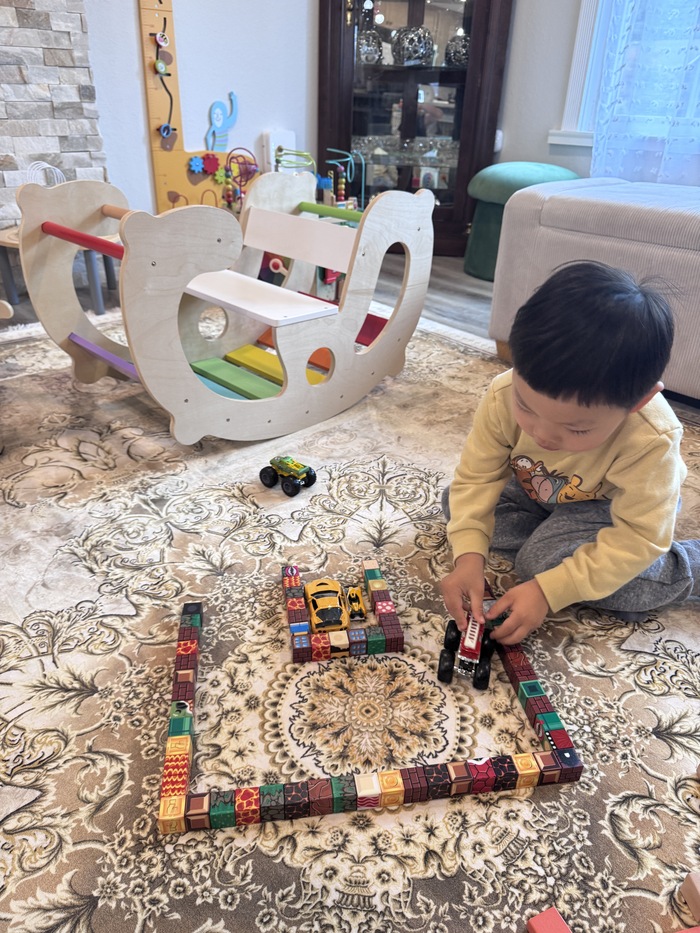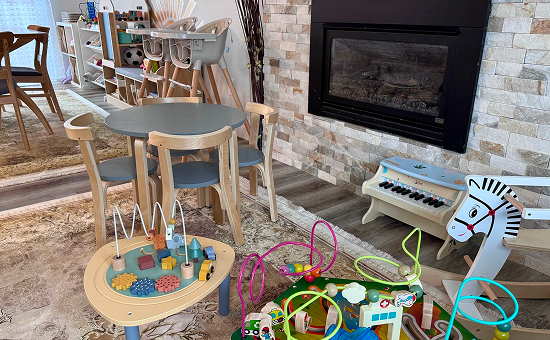Quiet time at daycare is more than just a break in the daily schedule—it’s a vital component of child care that nurtures young minds and bodies. For parents in Bothell seeking quality daycare, understanding the role of quiet time can ease concerns and highlight its importance for their child’s development. This article explores why quiet time is essential, its benefits for different age groups, practical implementation strategies, and how it fosters emotional, cognitive, and physical growth. At Kido Heaven, we prioritize creating a nurturing environment for children, and quiet time is a cornerstone of our approach.
Why Quiet Time Matters in Daycare
Quiet time in daycare provides children with a structured period to rest, relax, or engage in low-energy activities. Unlike nap time, which focuses on sleep, quiet time accommodates both nappers and non-nappers, ensuring every child benefits from a calm break. For daycare providers, it’s an opportunity to support children’s emotional and cognitive needs while maintaining a balanced schedule.
Research shows that consistent routines, including quiet time, create a sense of security and stability for young children, which is crucial for healthy development. In a bustling daycare environment filled with play, learning, and social interaction, quiet time offers a moment to reset, helping children stay energized and focused throughout the day. For parents exploring daycare Bothell, choosing a program that prioritizes quiet time ensures your child thrives in a supportive setting.

Benefits of Quiet Time for Child Development
Quiet time supports multiple aspects of a child’s growth, from emotional regulation to cognitive skills. Here’s how it makes a difference:
Emotional Regulation and Social Skills
Young children are still learning to manage their emotions. Quiet time provides a safe space to process feelings, reducing overstimulation and preventing tantrums. According to child development experts, short breaks can enhance a child’s ability to self-regulate, a skill critical for social interactions.
For example, during quiet time, children engage in independent activities like reading or puzzles, fostering independence and patience. These moments also teach them to respect others’ need for calm, building empathy and cooperation—key social skills for future success.
Cognitive Growth and Creativity
Quiet time isn’t just about rest; it’s a chance for children to engage in activities that spark creativity and problem-solving. Research suggests that periods of low stimulation, like quiet time, enhance creative thinking by allowing children to daydream or explore their thoughts. Activities such as storytelling or drawing during quiet time boost language development and imagination.
In high-quality child care settings, quiet time activities are designed to support cognitive milestones. For instance, counting games or observing patterns in a book can lay the foundation for numeracy and literacy skills, preparing children for school.
Physical Rest and Well-Being
Even if children don’t nap, quiet time allows their bodies to recharge. Pediatric guidelines emphasize that rest periods support physical health, reducing fatigue and improving focus. For active toddlers and preschoolers, a brief pause helps maintain energy levels for afternoon activities like outdoor play or group games.
By fostering a balanced routine, quiet time ensures children stay healthy and alert, making it an essential part of any Bothell daycare schedule.
Age-Specific Quiet Time Strategies
Children’s needs vary by age, and effective daycare programs tailor quiet time to suit developmental stages. Here’s how quiet time is adapted for infants, toddlers, and preschoolers:
Infants (0–12 Months)
Infants require multiple naps daily, so quiet time often overlaps with sleep schedules. Daycare providers create a soothing environment with dim lights, soft music, and cozy bedding to encourage rest. For infants who don’t sleep, gentle sensory activities like soft toys or quiet rocking provide comfort and stimulation.
Caregivers also ensure close supervision and maintain low staff-to-child ratios to meet infants’ needs, fostering a sense of security critical for early development.
Toddlers (1–3 Years)
Toddlers may nap for 1–2 hours, but some begin transitioning away from naps. For non-nappers, quiet time includes activities like looking at picture books, playing with puzzles, or engaging in pretend play with soft toys. These activities keep toddlers engaged while respecting the needs of sleeping peers.
To ease transitions, caregivers use consistent cues, such as a specific song or dimming the lights, to signal quiet time. This predictability helps toddlers feel secure and reduces resistance.
Preschoolers (3–5 Years)
Many preschoolers no longer nap, making quiet time a mix of rest and low-energy activities. Daycare providers offer options like reading, drawing, or mindfulness exercises to keep children engaged. For example, a preschooler might listen to a story or practice deep breathing, promoting relaxation and focus.
Structured yet flexible quiet time activities help preschoolers develop independence and prepare for the academic demands of kindergarten.

Creating an Effective Quiet Time Environment
A successful quiet time requires a thoughtfully designed environment. Here are key strategies daycare providers use:
- Calming Atmosphere: Dim lights, soft music, or white noise create a relaxing setting. Comfortable mats or cots with familiar items like blankets or stuffed animals help children feel at ease.
- Engaging Activities: For non-nappers, provide quiet activities like books, puzzles, or coloring to prevent boredom. Rotate activities regularly to maintain interest.
- Consistent Schedule: Holding quiet time at the same time daily reinforces routine, helping children anticipate and adapt to the break.
- Clear Expectations: Caregivers set simple rules, such as staying on mats or keeping voices low, and use positive reinforcement to encourage compliance.
By creating a nurturing environment, daycare providers ensure quiet time is a positive experience for all children.
Addressing Challenges: What If My Child Won’t Stay Quiet?
Some children resist quiet time, especially if they’re high-energy or transitioning away from naps. Here’s how daycare providers and parents can address common challenges:
- For Non-Nappers: Offer engaging, low-energy activities like a “quiet time box” filled with special toys or books. Allowing children to choose activities gives them a sense of control.
- Managing Disruptions: Caregivers may separate non-nappers into a quiet play area to avoid disturbing sleeping children, ensuring a peaceful environment for all.
- Gradual Introduction: For children new to daycare, a gradual transition with shorter quiet time periods helps build comfort.
- Parent Collaboration: Share your child’s home routines with caregivers to align strategies, such as using a favorite blanket or a specific calming song.
By addressing these challenges proactively, daycare providers help every child benefit from quiet time.
Partnering with Parents for Consistent Routines
Effective quiet time relies on collaboration between daycare providers and parents. Open communication ensures routines align with a child’s home environment, creating consistency that supports development.
- Share Information: Daycare staff inform parents about quiet time activities and their child’s participation, offering insights into rest patterns or preferences.
- Involve Parents: Encourage parents to provide comfort items or share home strategies that help their child relax.
- Educate on Benefits: Explain how quiet time supports emotional and cognitive growth, addressing concerns about its necessity.
For parents seeking child care Bothell, a daycare that prioritizes parent partnership ensures a seamless experience for both children and families.
Why Choose Kido Heaven for Daycare in Bothell?
At Kido Heaven, we understand the importance of a balanced daycare routine that nurtures your child’s growth. Our Bothell daycare programs are designed to support emotional, cognitive, and physical development through thoughtfully planned activities, including quiet time. With experienced caregivers, a safe and welcoming environment, and a commitment to parent collaboration, Kido Heaven is the trusted choice for child care Bothell.
Our quiet time routines are tailored to each child’s needs, ensuring they feel secure and engaged. Whether your child naps or enjoys quiet activities, we create a nurturing space that fosters well-being. Explore how Kido Heaven can support your child’s development by visiting us at kidoheaven.com or scheduling a tour today.
Why KidoHeaven Stands Out
✅ Licensed in Washington State
✅ Aligned with Early Achievers standards
✅ Working Connections subsidy accepted
✅ Daily updates via Brightwheel
✅ Located in Bothell, serving Mill Creek, Lynnwood & nearby areas
✅ Nutritious snacks, safe outdoor space, & positive mealtime routines
📞 Call 206-734-2040 to schedule a tour
🌐 Enroll now
Follow Our Mealtime Moments
Stay updated with more beautiful outdoor meals and daily learning routines on:
Instagram | Facebook | Nextdoor | Yelp | Winnie | YouTube | Upwards
FAQ
1. Why is quiet time important for my child?
Quiet time supports emotional regulation, cognitive growth, and physical rest, helping children stay focused and energized. It fosters independence and creativity while providing a break from stimulation.
2. What if my child doesn’t nap during quiet time?
Non-nappers engage in quiet activities like reading or puzzles, which keep them engaged while respecting the group’s need for calm. Caregivers tailor activities to suit each child’s needs.
3. How long should quiet time last?
Quiet time typically lasts 1–2 hours, depending on the child’s age. Infants may nap longer, while preschoolers engage in shorter, activity-based quiet time.
4. Can I align quiet time routines at home with daycare?
Yes! Share your child’s home routine with caregivers and incorporate similar activities, like reading or soft music, to create consistency.
5. How does quiet time differ from nap time?
Nap time focuses on sleep, while quiet time includes rest or low-energy activities for both nappers and non-nappers, ensuring all children benefit.



